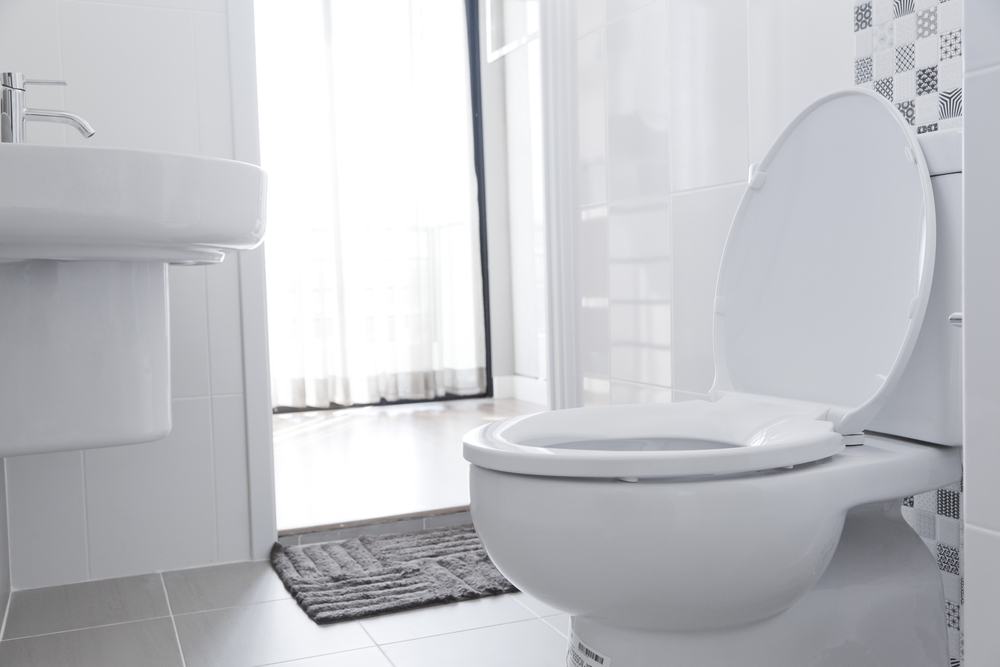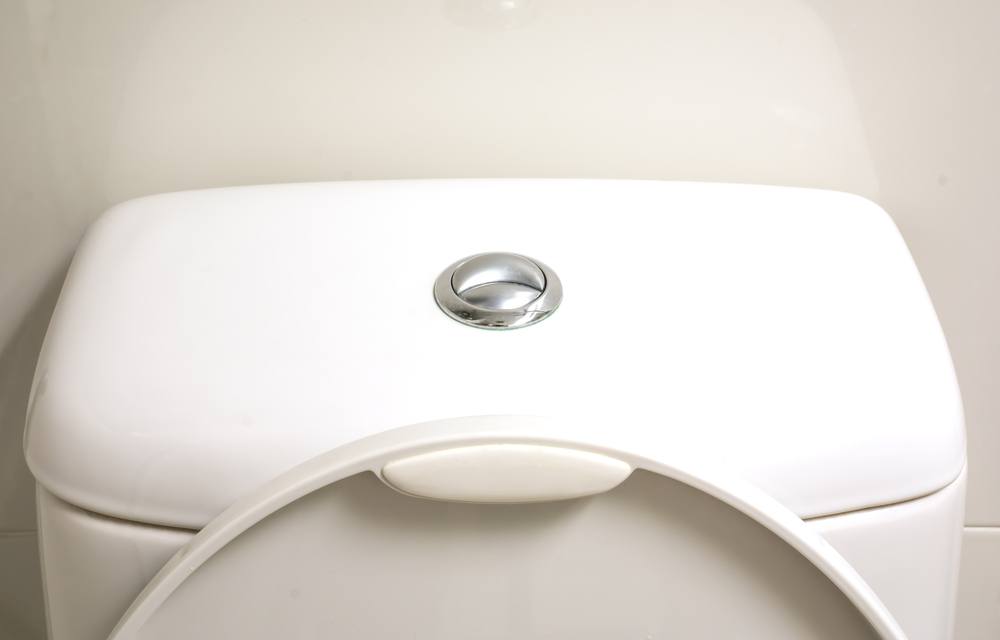Should You Invest in Water Saving Toilets for Your Home?

Are your water bills through the roof? If so, you may be interested in replacing the toilets in your home with low flow models. Before you make the investment, learn the ins and outs of water saving toilets so you can determine if they’re right for you.
Water Conservation
Homeowners usually don’t replace toilets until they break, so it’s completely possible the toilets in your home are from the 1990s or earlier. If your toilet was made before 1994, it uses an average of 20 gallons of water per person per day, which equals about 3.5 gallons per flush.
How much of a difference will you see if you make the switch to water saving toilets? It’s estimated that the average family will save around 25 gallons of water per day if they switch all of the toilets in their home to low flow models. To put that number in perspective, this means the average family will be able to reduce their water usage by around 9,000 gallons per year!

Cost Savings
Low flow toilets will set you back a few hundred dollars, so are they worth the investment? The short answer—yes. The average family will save about $110 per year in water costs, which adds up to over $2,000 over the lifetime of the toilets. Some homeowners are hesitant to spend money on water saving toilets, but based on these estimates, it seems to be a wise investment that will pay off in just a few years.
Disadvantages of Water Saving Toilets
There are not many disadvantages of water saving toilets, but people with older homes could run into a problem when installing these models. Plumbing pipes must be positioned in a certain way in order to work well with low flow toilets. However, the plumbing in older homes may not be designed to handle these toilets, so you may have to replace the pipes before you can install a low flow toilet. It’s best to consult with a contractor or prior to buying new toilets to ensure there won’t be an issue with your pipes.

Types of Water Saving Toilets
There are two types of water saving toilets currently available on the market. Gravity flush toilets release water into the bowl through openings around the rim when you press down on the handle to flush. The force of the water being released around the rim pushes waste in the bowl into the drainpipe. These toilets are less expensive, but they may not remove waste as well as the other option.
Pressure assisted flush toilets use pressurized air to push water into the bowl after you flush the toilet. The force of the water entering the bowl will push waste into the drainpipe. These are a bit noisier than gravity flush toilets, but much more efficient. Because they often need to be connected to an electrical power source, they are typically only found in high traffic commercial bathrooms.
Ready to take the plunge (no pun intended) and find water saving toilets for your home? Be sure to look for the Water Sense label before you buy. This label is used to alert consumers that a product is designed to conserve water, so don’t buy any toilet that claims to be energy efficient unless you see the Water Sense logo.


